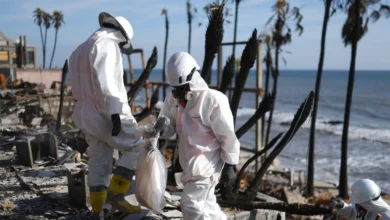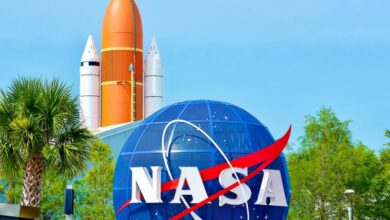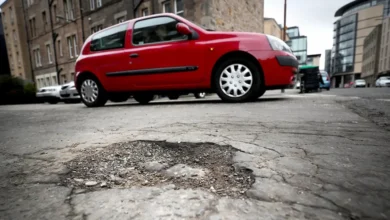Family sues NASA after space junk crashed through their roof

A Naples, Fla., family has filed a lawsuit against NASA following an extraordinary incident on March 8, when debris from the International Space Station plummeted from the sky and smashed through their roof, causing significant damage while a family member was inside.
“They are grateful that no one sustained physical injuries from this incident, but a ‘near miss’ situation such as this could have been catastrophic,” said Mica Nguyen Worthy, a partner of the law firm Cranfill Sumner LLP who is representing Alejandro Otero and his family. “My clients are seeking adequate compensation to account for the stress and impact that this event had on their lives.”
The space junk was originally a 5,800-pound pallet containing old batteries that were discarded from the International Space Station on March 11, 2021. Shortly after, NASA said the object would “orbit Earth between two to four years before burning up harmlessly in the atmosphere.”
Nearly three years to the date, it entered Earth’s atmosphere, and a piece of debris survived the fiery descent, eventually crashing into the Florida house.
NASA analyzed the debris and confirmed it was part of the space junk released from the ISS in March 2021.
The object was a fraction of its original size, measuring just 4 inches long and weighing 1.6 pounds, but was big enough to smash a large hole in the roof and damage the house.
Recovered stanchion from the NASA flight support equipment used to mount International Space Station batteries on a cargo pallet. The stanchion survived re-entry through Earth&rsquos atmosphere on March 8, 2024, and impacted a home in Naples, Florida. Image courtesy of NASA
NASA said an investigation is underway to determine how the debris survived the journey through Earth’s atmosphere and will work to mitigate the risk in the future-something that has become a bigger issue recently.
“Space debris is a real and serious issue because of the increase in space traffic in recent years,” Worthy said. NASA has six months to respond to the claims.










